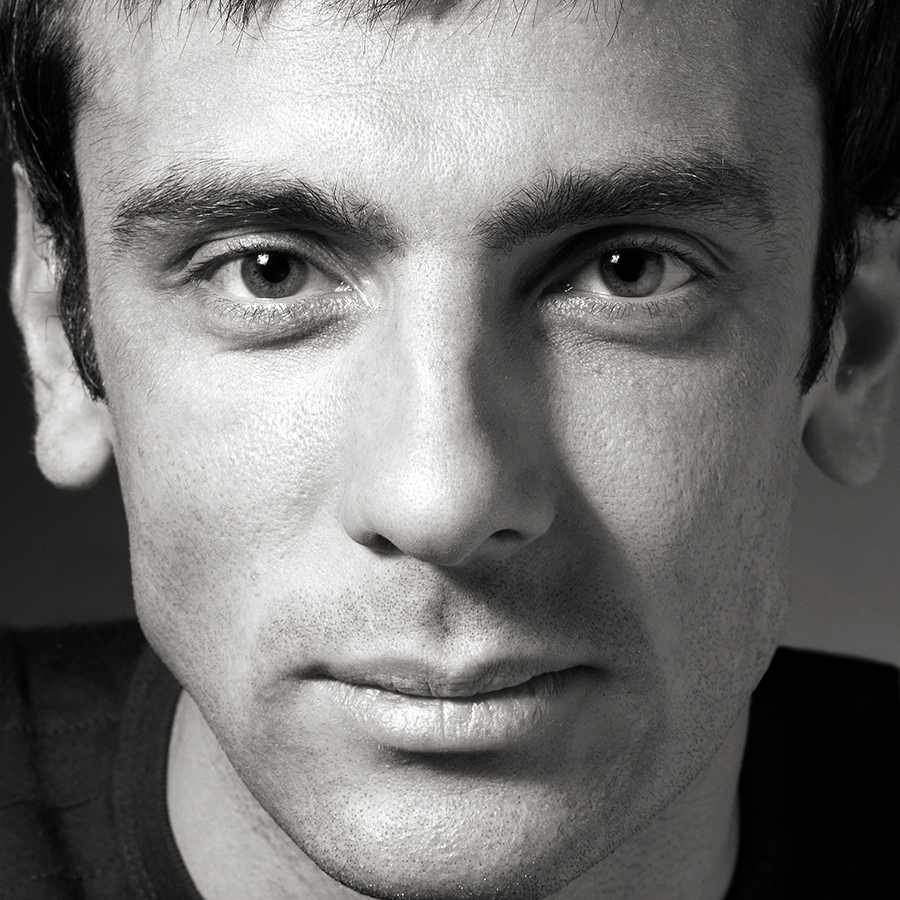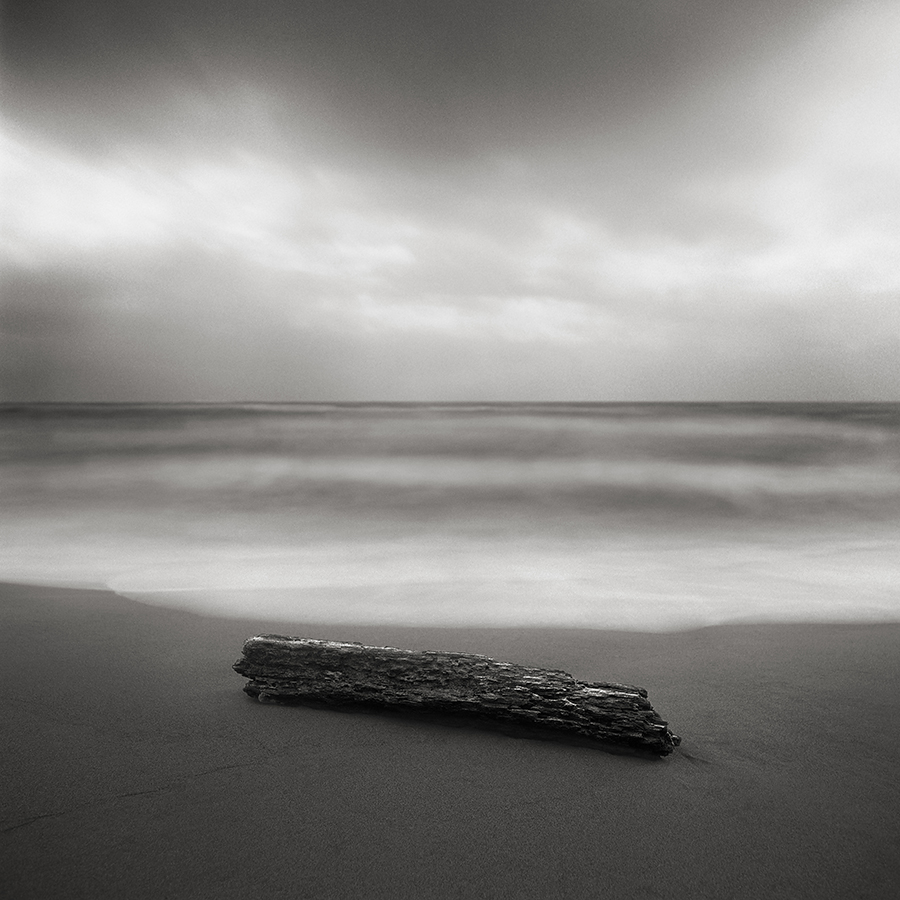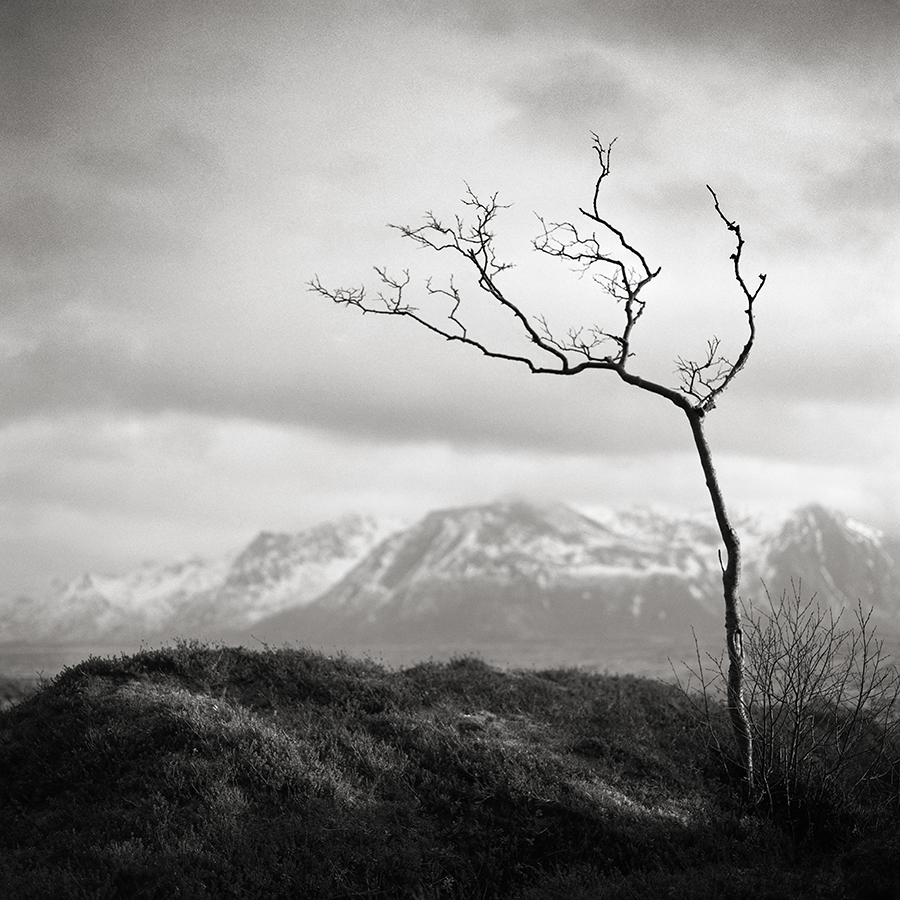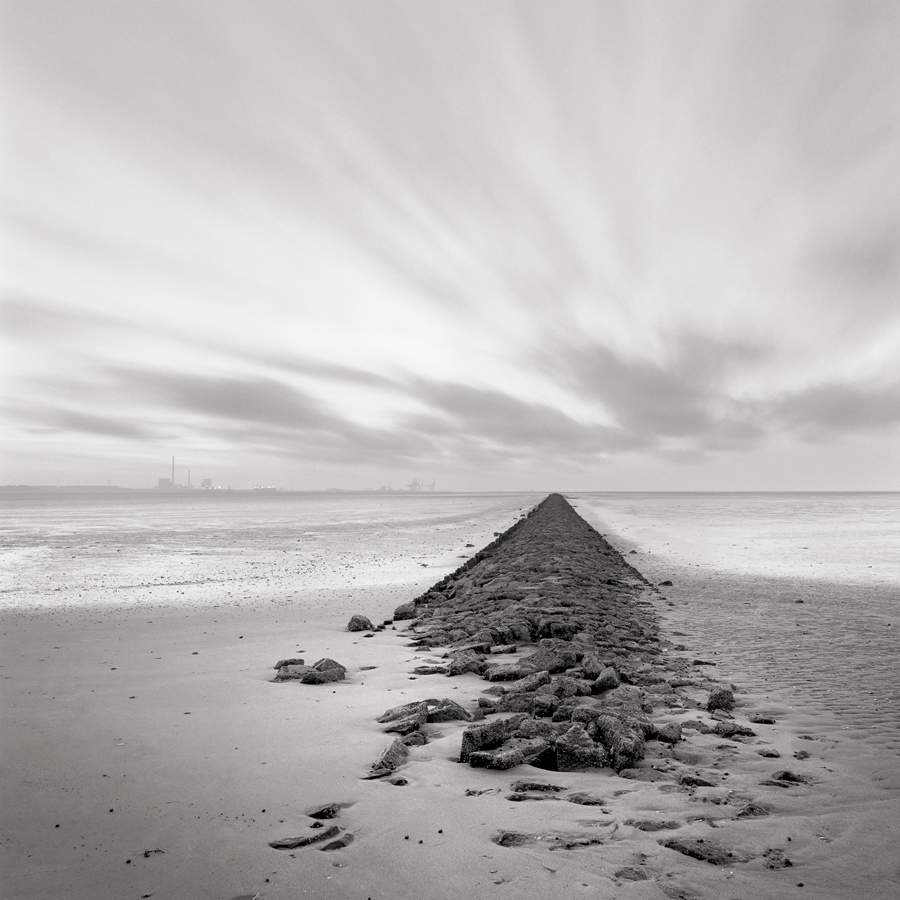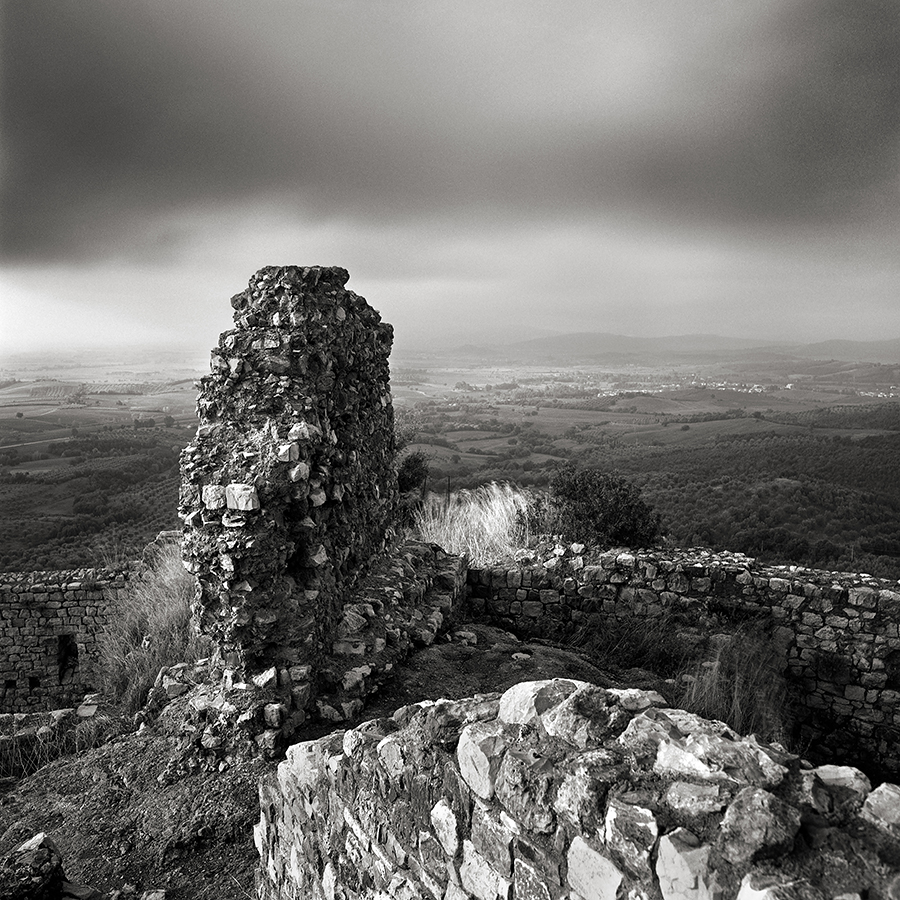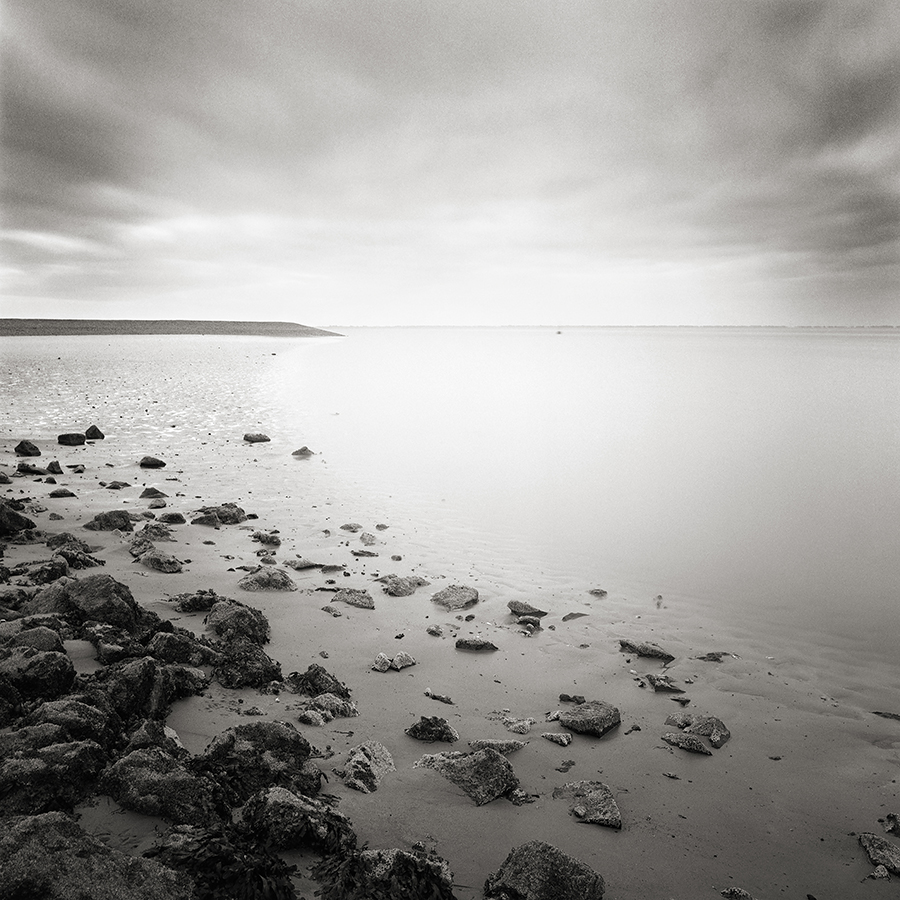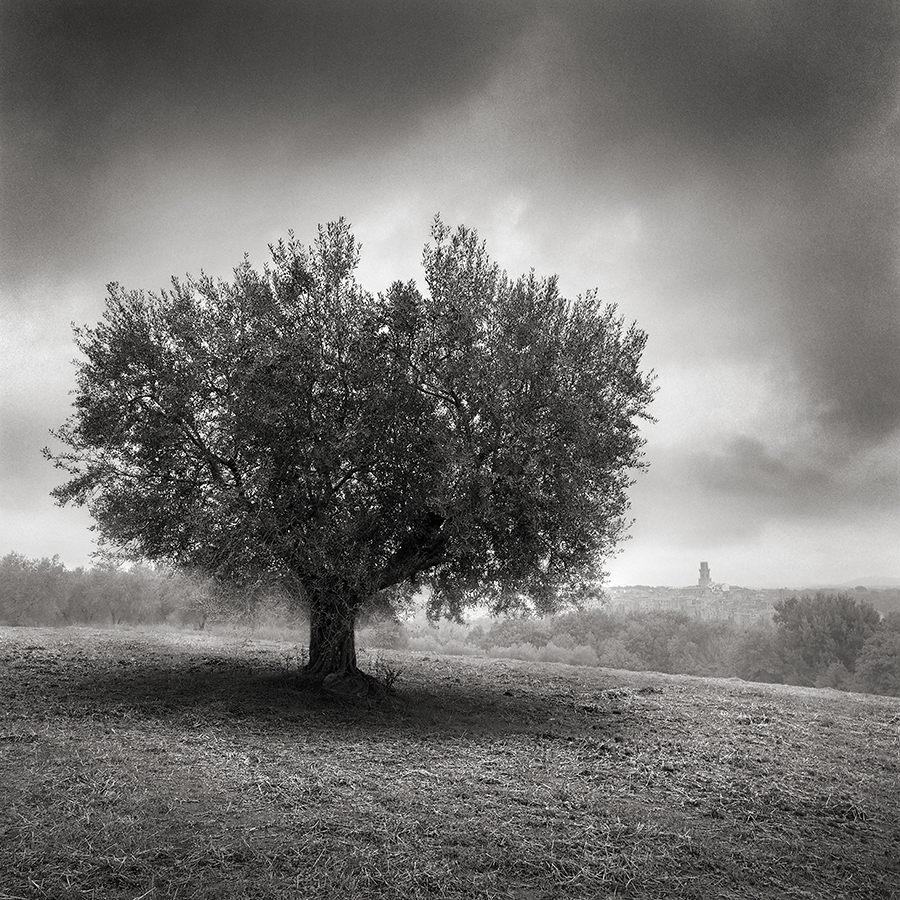Can you tell us a little about yourself?
I was born in 1975 in Moscow, Russia and I live here now. I have a degree in economics and for about 15 years I’ve been building a career in banking, doing photography as a hobby. Later I graduated from Moscow Academy of Photography (“Professional Photography” course) and now all of my working time is dedicated to photography.
How did you get interested in photography?
At the moment when I took a camera in my hands for the first time I thought that it must be very interesting to create in this field. I felt that a camera can help do a lot, much more than merely document facts. From that time I consider a photo camera as an instrument that helps me convey what I feel with my heart rather than just see with my eyes. I experimented a lot, photographed in various styles and genres. Finally I focused on photographing landscapes. Despite my previous tries to photograph in other genres landscape photography was a natural choice for me. I really love nature, its beauty and for the current moment I can’t imagine myself working in a studio with closed windows, artificial lighting and all the “studio stuff”.
Do you artist/photographer inspired your art?
A lot of them in fact. I am inspired by art pieces, be it a photograph, a painting or whatever, that are created professionally and that evoke in myself a desire to look at them again and again.
Just to name a few: Chema Madoz, Flor Garduño, Ansel Adams, Rolfe Horn, William-Adolphe Bouguereau, Ivan Aivazovsky – photographers, painters – they all create in different genres, some of them are more famous than others, some create now, others already died. They are all different but I like them all and I can’t say whom I like more. They are real professionals, meaning they create (or created) art-pieces that can “speak”, they put a part of themselves into each of their creations. When I look at their photographs or paintings my own wish to create doubles and I think this can be called an inspiration.
Could you please tell us anything about your technique and creating process?
Currently I am using a Hasselblad 503 – an analog medium format fully mechanical camera and negative black and white film. Film is my choice as I feel it is “real”. It is about photography that existed many years ago, when we didn’t know anything about megapixels and gigabytes. The pace of work is much slower compared to digital process, and I like this fact too. All the process is rewarding by itself.
I develop film myself then scan it and post-process digitally – this is when modern technologies come into power. In some cases post-processing is relatively easy, at other times it can take many days to reach what I want.
As for my choice of black and white, to my mind b&w photography is more delicate and this fact attracts me a lot. Color is a strong instrument, but for the works I create it is an unnecessary distractor.
Describe your ideal photographic situation
No people around, weather not too hot and the whole of the day ahead. Solitude is an important factor for me as well as the absence of any rush. It helps to concentrate on what I photograph.
How much preparation do you put into taking a photograph?
In terms of organizing a trip I usually don’t prepare much. The preparation includes just buying enough rolls of film and choosing a place to go. The choice is made in general terms – just a choice of a country and region to go to. I prefer to come and see everything with my eyes, walking around, exploring the place.
Technically I try to do as much as possible within my camera rather than leave something for post-processing. This takes time, but it’s rewarding. Just everything must be done with proper accuracy and attention.
The hardest aspect is the artistic one. I talk about self-preparation for being able to “see” a potentially good photograph. On one hand it is a constant process, which can be mastered in everyday life. On the other hand, I need to concentrate on the place, the subject I photograph. Sometimes it happens fast, sometimes it needs time. It’s quite a complicated inner process. But it’s vital for making a good photograph, for putting a part of my inner world into a work.
What’s your useable-to-unusable ratio when you review images from a shoot?
Well, the calculation of such a ratio is not that straightforward. When I photograph sometimes I do several exposures with different shutter speeds or apertures so I would have a batch of similar frames with minor differences. Also I’m quite critical to my work and I think several times before I show a photograph to the world. Furthermore, sometimes frames that are considered to be unusable can push to new ideas. And after all each frame that is not used for making a print can help me see some mistakes that I will try to avoid in future. This means that such unusable frames are very useful for further work.
But just to give an estimate when I have 1-2 “usable” frames from a roll of film (which has 12 frames) I think that the result is really high. This relates to working with film – when I switched back from digital to analog camera, the attitude to each single frame changed. It became much more careful as the result can’t be seen instantly when film is used.
What quick advice do you have for someone who wants to improve his or her photography skills?
A very quick advice: set a goal and work hard. Work. Hard. And – yes – smile a lot:)
From time to time many photographers find themselves in a creative rut or uninspired to shoot. Does this ever happen to you and if so how do you overcome these phases?
As for myself, if I sit on a couch and think that I feel uninspired all I need is start working. Very often it is enough just to stand up and go to overcome this “crisis”, which I believe deals more with laziness rather than anything else. Sometimes it happens that I can’t see a single decent frame when I am already at work. That’s a different situation. In most cases that means that I am not “connected” with the place. I need to “feel” the place, its atmosphere. For myself it’s better to put the camera aside and just walk, or simply sit watching, listening to what’s around. When I do this the connection usually appears and I start to see things again.
The core thing is not to soak in this uninspirational feeling, not to use it as a reason not to go out and work.
What future plans do you have? What projects would you like to accomplish?
My future plan is to make and make and make photographs. Better than before, more interesting than before, having more people seeing and enjoying my work. After all I photograph to share the beauty, emotions, a piece of my inner world with people, hoping that I can help someone feel a little bit better.
And I have a bunch of ideas on what and how to photograph, which I think are quite interesting. I wouldn’t reveal the details now: here in Russia we say “A man supposes, God disposes”. Let it be a surprise for the future;) [Official Website]



